Capturing the Feline Spirit: A Collector’s Guide to Glass Cat Figurines
Of all the creatures captured in glass, none hold the same universal charm as the cat. For millennia, felines have been our muses, representing a profound duality of wild independence and comforting companionship. They are figures of elegant grace, quiet mystery, and playful mischief. It is this complex spirit that makes them such a compelling subject for artists, and no medium captures their ethereal essence quite like glass.
While some people may try to find a lot figurines of a cat made out of glass from different glass stores, cute glass figurines can be easily found on auction sites and manufacturer sites that specialize in glass sculptures.
These cute glass cat figurines that you can find online are essentially made of spun glass or hand blown glass. The difference between spun glass cat figurines and blown glass cat figurines is in the way that these items are made.
When looking for cute glass cat figurines, you will find that there are a few that are made out of cut glass, although these might not be as beautifully crafted as the spun glass or blown glass types.
From a tiny, whimsical spun-glass kitten to a museum-quality Murano maestro piece, the glass cat is a world-class collectible. Whether you are a dedicated cat lover, a seasoned glass collector, or someone who has just inherited a single, curious-looking figurine, this guide will illuminate the art, history, and passion behind these timeless treasures.
Part 1: Why We Collect Glass Cats
The appeal of a glass cat figurine is both emotional and aesthetic. For cat lovers, these figures are a way to honor a current companion or memorialize a cherished one. They are a tangible, everyday reminder of that special, silent bond. These figurines are consistently one of the most popular “cat lover gifts” precisely because they capture a shared affection in a timeless, beautiful form.
Artistically, glass and crystal are the perfect mediums for the cat.
- Capturing Light: A solid, opaque porcelain cat can capture form, but a glass cat captures light. It interacts with its environment, its colors shifting, its facets sparkling. It seems to possess a life and energy that other materials lack.
- Conveying Grace: The fluid, molten nature of glass is ideal for sculpting the cat’s lithe, sinuous body. The elegant arch of a tail, the gentle curve of a sleeping kitten, or the powerful line of a cat mid-stretch can be rendered with a lifelike fluidity.
- The “Cute” Factor: We must acknowledge the original article’s theme. The “cute” factor is the gateway for most collectors. A tiny, wide-eyed miniature glass cat figurine or a playful, hand-blown kitten with a ball of yarn is an object of pure joy. This whimsical end of the spectrum, from spun glass to lampwork, is a vibrant and beloved category all its own.
Part 2: A History of Feline Forms in Glass
Collecting glass cats is participating in a tradition that is centuries old. The cat’s journey into glass art is a fascinating one, mirroring the history of glassmaking itself.
- Ancient Roots: While figurative glass is ancient, its story is intertwined with Egypt—the very civilization that first revered the cat as divine.
- The Venetian Masters: The true birth of figurative glass art began on the Venetian island of Murano. From the Renaissance onward, maestri (masters) demonstrated their unparalleled skill by creating complex animals, including cats, to delight the nobility of Europe.
- Victorian Whimsy & Spun Glass: The 19th century saw the rise of spun glass figurines. Using new techniques, artisans created impossibly delicate and whimsical figures, including tiny cats with spun-glass whiskers. These were affordable, charming, and the direct ancestors of the “cute glass cat” we know today.
- Art Nouveau & Art Deco: During this period, the cat was embraced as a symbol of mystery, night, and sinuous elegance. Artists like France’s René Lalique began incorporating stylized, frosted-glass cats into his luxury creations.
- Mid-Century Modernism: The 1950s and 60s saw a boom in stylized animal art. This is when the classic, elongated Murano glass cat, with its arched back and sleek, Modigliani-like features, became an icon of interior design. In America, companies like Viking and Fenton also produced their own stylized cats in bold, fashionable colors.
- The Crystal Revolution: In the 1970s, Swarovski pioneered precision-cut, faceted crystal. This revolutionized the collectible world, turning the glass cat into a brilliant, prismatic sculpture of light.
Part 3: The Iconic Makers & Their Feline Signatures
For a serious collector, the most important question is “Who made this?” The maker’s identity is the primary driver of value. Four names, in particular, stand as the titans of the glass cat world.
1. Murano Glass Cat Figurines: The Art of the Maestro
- Who They Are: Murano is not a brand; it is a small island in Venice, Italy, with a 1,000-year history of glassmaking. A “Murano glass cat” is made by one of the hundreds of independent maestri or studios on this island.
- The Signature Styles: Murano cats are incredibly diverse, showcasing the full range of Venetian technique. You will find:
- The Stylized Elongated Cat: The most iconic. Often very tall with an arched back, a tiny head, and a long, graceful tail. These were Mid-Century Modern decor staples.
- Sommerso Cats: A technique where layers of different colored glass are submerged within an outer layer of clear glass (e.g., a blue cat “cased” in clear glass).
- Calcedonio Cats: Made with a special glass technique that mimics the natural, swirling bands of chalcedony or agate stone.
- Millefiori Cats: Some artisans, like the famous Fratelli Toso, were known for cats made from or incorporating millefiori (thousand flowers) canes.
- Iconic Makers: While many pieces are unsigned, work from legendary studios like Archimede Seguso, Barovier & Toso, Venini, and Formia is highly prized.
- Value: Based on the skill of the maestro (a signed piece is a top prize), the complexity of the technique (a sommerso or calcedonio cat is more valuable than a simple solid-color one), size, and, of course, flawless condition.
2. Swarovski Crystal Cat Figurines: The Brilliance of Faceting
- Who They Are: The Austrian company that defines “crystal.” A Swarovski cat is not a realistic sculpture but a prismatic interpretation of a cat, designed to fracture light into a rainbow of colors.
- The Signature Styles: Instantly recognizable by their precision-cut facets, flawless crystal, and brilliant sparkle.
- Iconic Pieces & Collections:
- The Original “Cat” (010001): One of the very first “Silver Crystal” figurines, this standing cat with a metal tail was designed by Max Schreck and is a must-have for vintage collectors.
- “Sitting Cat” & “Stretching Cat”: These are foundational pieces in the collection, beloved for their classic poses.
- The “Kitten” Series: A hugely popular collection of playful kittens (e.g., “Kitten with Ball”).
- The “Lovlots” Collection: A modern, playful, and stylized line that included “House of Cats” characters like “Katie.”
- Licensed Characters: Swarovski’s modern success includes crystal versions of famous felines like Disney’s Cheshire Cat, Figaro, and Hello Kitty.
- Value: Swarovski’s value is driven by its powerful brand and a collector’s market built on retirement. When a piece is retired, it is no longer produced, and its value on the secondary market is determined by demand. The presence of the Original Box and Certificate (COA) is critical and can account for 20-40% of the piece’s value.
3. Lalique Crystal Cat Figurines: The Poetry of French Luxury
- Who They Are: The legendary French maison founded by René Lalique. Lalique represents the absolute pinnacle of luxury art glass.
- The Signature Style: Lalique is defined by its dramatic and sensual contrast between transparent, polished crystal and a satin-finished, frosted crystal. This gives their cats a tactile, “glowing” quality that is utterly unique.
- Iconic Pieces:
- “Chat Assis” (Sitting Cat): A regal, upright cat, often seen in clear, black, or opalescent crystal. A timeless Art Deco-influenced design.
- “Chat Couché” (Lying Cat): A large, heavy, and incredibly lifelike sculpture of a cat at rest.
- “Heggie” and “Happy”: A famous pair of smaller, playful cat and kitten figurines.
- Value: The value lies in the brand’s immense prestige and artistry. The signature is key. Pieces signed “R. Lalique” were made during René Lalique’s lifetime (pre-1945) and are exceptionally rare and valuable. Modern pieces are signed with a script “Lalique ® France”.
4. Fenton Art Glass Cats: The Heart of American Collectibles
- Who They Are: For over 100 years, Fenton was the most prolific and beloved art glass company in the United States. Fenton is famous for its specific, recognizable cat molds.
- The Signature Styles: Fenton’s value is in its colors and decorations.
- Iconic Molds: Fenton re-used their molds, so collectors hunt for the “Stylized Cat,” the “Sleeping Cat,” the “Alley Cat,” the “Sitting Cat,” and the “Ring Tree Cat” (a cat with a long tail for holding rings).
- Iconic Colors/Treatments:
- “Burmese” Glass: Their famous opaque, creamy pastel glass (yellow-to-pink or blue-to-white).
- “Carnival” Glass: Glass with a shimmering, iridescent “oil slick” finish.
- “Milk Glass”: Classic opaque white glass.
- Hand-Painted: Many Fenton cats are hand-painted with floral motifs and signed by the artist. A piece signed by a more popular artist (like “C. Smith” or “D. Robinson”) is often more desirable.
- Value: Driven by the rarity of the color, the mold, and the quality of the hand-painting. The Fenton logo (an “F” in an oval) was added in the 1970s; pieces from the 80s, 90s, and 00s have numbers under the logo indicating the decade.
Part 4: The Wonderful World of Whimsy (And Other Makers)
Beyond the “Big 4,” the world of glass cats is vast and delightful.
- Spun Glass & Lampwork: These are the miniature glass cat figurines that are the epitome of “cute.” They are not made from blown glass but by a “lampwork” process, where an artisan heats and skillfully pulls and shapes solid glass rods over a torch. These are affordable, charming, and highly collectible, often found in sets or as part of a tiny glass menagerie.
- Mosser Glass: A beloved American company that, like Fenton, is known for its molded glass in a rainbow of colors, including UV-reactive “Vaseline” glass (which glows under a blacklight) and cadmium glass. Their “Sitting Cat” mold is a staple for collectors.
- Viking Glass: Famous for their Mid-Century Modern stylized cats, especially the tall, sleek “Epic Cat” in bold 60s colors like avocado green and persimmon orange.
- Art Glass Studio Cats: These are one-of-a-kind, hand-blown glass cat sculptures made by contemporary studio artists. Their value is based on the artist’s reputation, not a brand.
Part 5: A Collector’s Guide to “Value”
This is the most crucial knowledge for a collector. The worth of a glass cat is a combination of factors. Here is how to assess what you have.
1. Maker’s Mark: The Signature is Everything
This is the number one factor. An unsigned piece is “art glass,” but a signed one is a “collectible.”
- Look on the Bottom: Check the base for an etched signature (like “Lalique ® France”), a logo (the Swarovski swan, the Fenton “F”), or a paper/foil label (common on Murano and older Fenton).
- Artist Signature: For Fenton, a hand-painted artist’s signature adds a second layer of value.
- Authenticity: For Murano, it’s complex. Look for labels (“Vetro Artistico Murano”), maestro signatures, or clear indicators of technique (like sommerso). Be wary of “Murano-style” fakes.
2. Condition: The Non-Negotiable Factor
In glass collecting, condition is paramount. Damage destroys value.
- Mint: A perfect, flawless piece.
- “Flea Bites”: Tiny, pin-prick-sized nicks on an edge or ear tip. These reduce value.
- Chips & Cracks: A visible chip or internal crack will dramatically lower the value, often by 70% or more.
- “Sickness”: An irreversible cloudy, hazy, or “weeping” condition caused by chemical instability or (most commonly) being washed in a dishwasher. A “sick” piece has almost no monetary value.
- Repairs: Visible glue from a repaired tail or ear also eliminates most of the collector value.
3. Provenance: The Box & Certificate
This applies mostly to modern brands like Swarovski and Lalique.
- OVP (Original Box): Having the original, branded, foam-fitted box is critical.
- COA (Certificate of Authenticity): The small booklet or card that came with the piece.
- “Mint in Box” (MIB): This is the gold standard for collectors. A MIB Swarovski cat is worth significantly more (often 20-40%) than the exact same figurine without its box and COA.
4. Rarity & Desirability
- Retired Pieces: The entire Swarovski secondary market is built on this. When a piece is retired, the supply stops, and demand dictates the price.
- Limited Editions (LE): A piece made in a known, limited quantity.
- Rare Colors: A Fenton cat in a rare, experimental color is more valuable than one in common milk glass. An opalescent or black Lalique cat is often more desirable than a clear one.
- UV-Reactive Glass: Collectors actively hunt for “Vaseline” glass cats (Uranium glass) that glow bright green under a blacklight, or Cadmium/Selenium glass that glows red/orange.
5. Craftsmanship & Artistry
- Complexity: A large, complex Murano sculpture with multiple techniques and gold leaf inclusions (aventurine) is a masterpiece. A simple, small, solid-color cat is a tourist-grade item.
- Handmade Indicators: On older, hand-blown pieces, look for a “pontil mark” on the base—a rough, unpolished spot where the piece was broken off the glassblower’s rod. This is a sign of a handmade item, not a flaw.
Part 6: Caring for Your Crystal “Clowder”
A “clowder” is the wonderful term for a group of cats. Preserving your collection’s beauty and value is easy with proper care.
NEVER: Never use Windex or harsh chemicals. Never, ever put a glass figurine in the dishwasher. This will cause “sickness” and destroy your piece.
Display: An enclosed glass curio or cabinet is your best friend. It protects your figurines from the #1 enemy: dust. Dust that settles and mixes with moisture can etch the glass surface. It also prevents accidental knocks.
Lighting: Display them with good light, but avoid prolonged, direct, harsh sunlight. This can fade hand-painting on Fenton pieces and can cause some older glass formulas to discolor. Modern, cool LED lights are the safest and most beautiful way to illuminate your collection.
Cleaning:
Dusting: Use a soft, new makeup brush or a can of compressed air.
Washing: For a deep clean, use a soft, lint-free cloth (like a microfiber) with lukewarm water and a single drop of mild dish soap. Rinse with a cloth dampened with clear water, and dry immediately.
Start collecting cat figurines and you will not find any difficulties in finding them. There are several figurine dealers online that sell cute glass cat figurines in a very affordable prices.

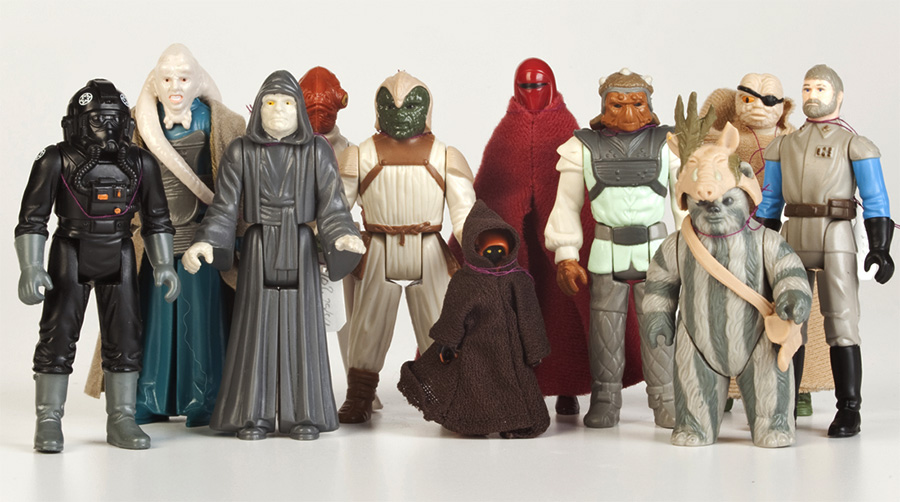
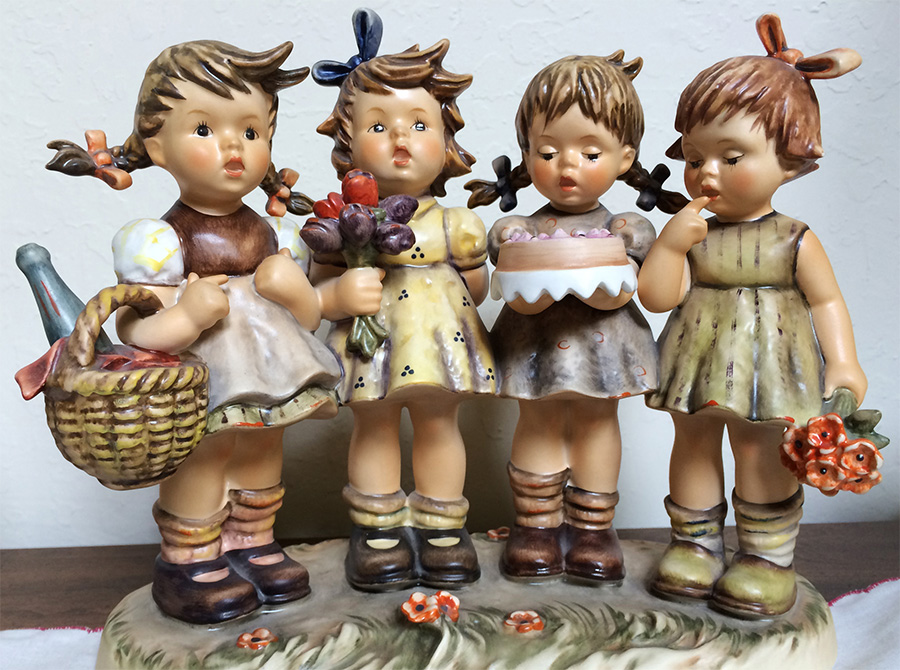
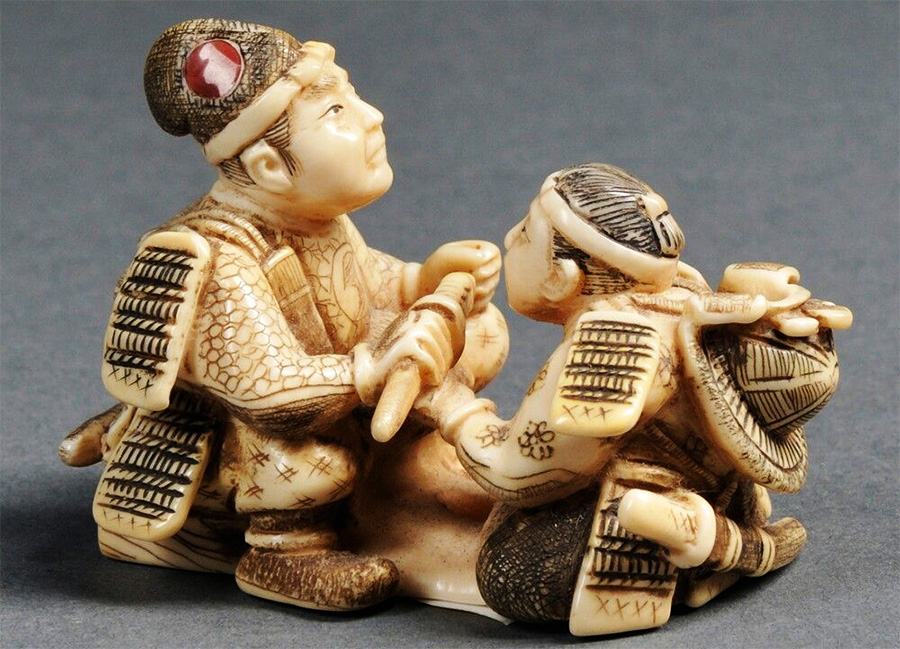
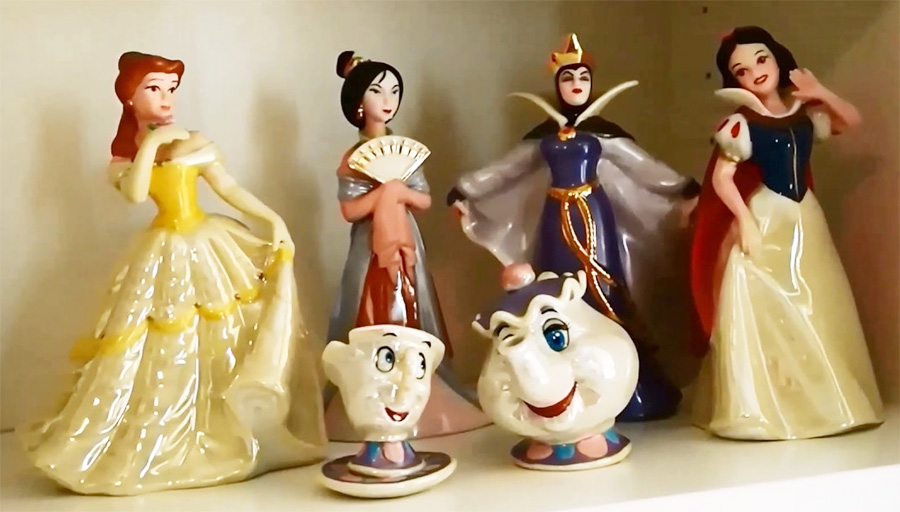
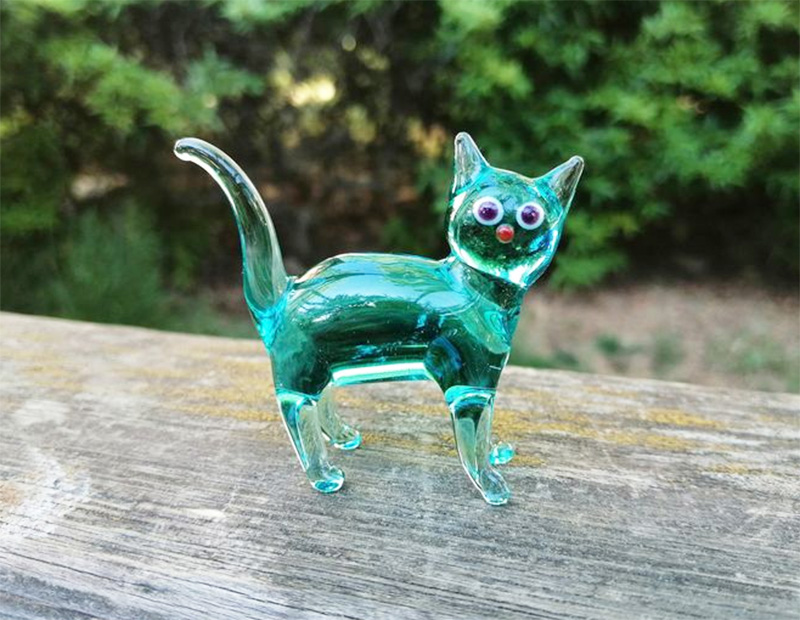
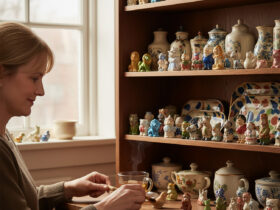
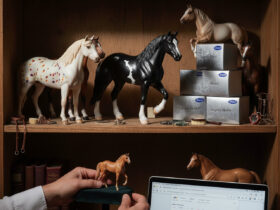
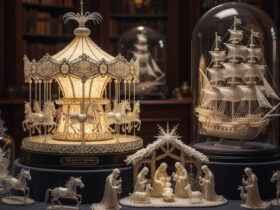
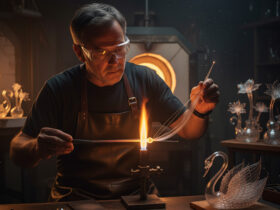
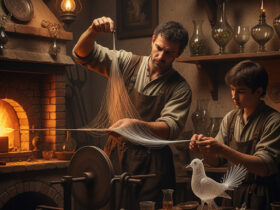
Leave a Reply